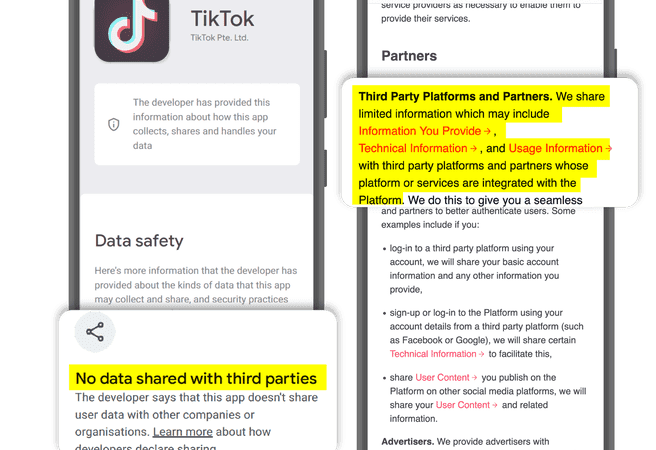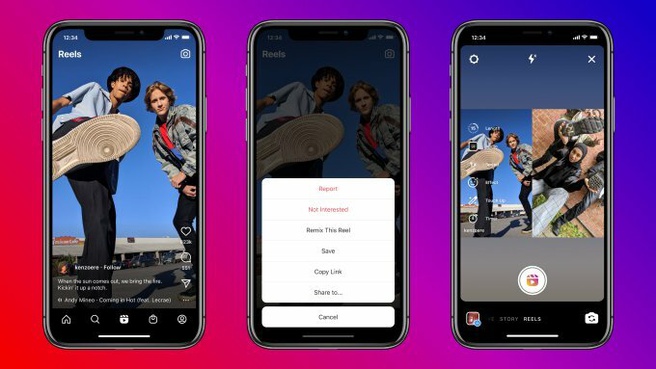Language barriers are a hindrance to diversity and an obstacle to globalization. Artificial intelligence is part of the answer.

Around 7,000 different languages are spoken in the world today. Although English has become an international language, it is far from everyone in the world who masters this language. Failure to do so can make it difficult to participate in a digital and international world – the language barrier can become a hindrance to diversity and an obstacle to globalization and trade.
A study from MIT and Washington University in St. Louise published in late 2018 shows that when artificial intelligence was used to create automatic translations of the eBay platform, it resulted in an increase in sales of around 10 percent for those countries got the pages translated into their own language. We can also see similar results for the other online marketplaces.
Local players in the global market
Even the smallest companies from anywhere in the world can today participate in the world economy. It’s just a matter of getting its service out on the global market. For many small players, the language barrier has long been a limitation. If you do not speak English, you are excluded from the world market and must confine yourself to marketing in your own local language, preferably in your own local environment.
As the algorithms behind machine translations based on artificial intelligence get better and better, the results from major players such as Google Translate and Amazon Translate also get better. These are services that provide automatic translations free of charge – and anyone can translate text here. Thus, grandmother who knits traditional Norwegian sweaters, can sell her products in Japan – in Japanese, if she wants.
But what does this mean for you and me? We get a much more exciting market with an incredible diversity of products and services. We need e.g. do not buy clothes in the big brand stores, but can rather buy clothes from a small manufacturer in South America, which sells clothes inspired by the occasional support for the rainforest.
In this way, we as consumers can help decide what and who is available on the market. By consciously choosing producers who promote sustainable development or give a fair wage to their employees, we can help decide which direction we want the world to move in. By supporting small players with a value base we can vouch for, we give the thumbs up to integration and diversity – also in the commercial world.
Linguistic quality of machine translations
From a purely linguistic point of view, much remains to be done before these automatic machine translations can be said to be good translators. We have probably all tried to translate a text into a language we do not understand, and got a very cryptic text in something reminiscent of Norwegian on the screen.
Whether the result of such an automatic machine translation is good enough, depends entirely on what kind of text it is – and not least, what it is to be used for. Technical, legal and other professionally heavy texts are hardly suitable. But simple product descriptions, menu items on a website and a personal greeting will often work well today. And for many of the players involved in creating a diverse, diverse market, this is exactly what is needed.











